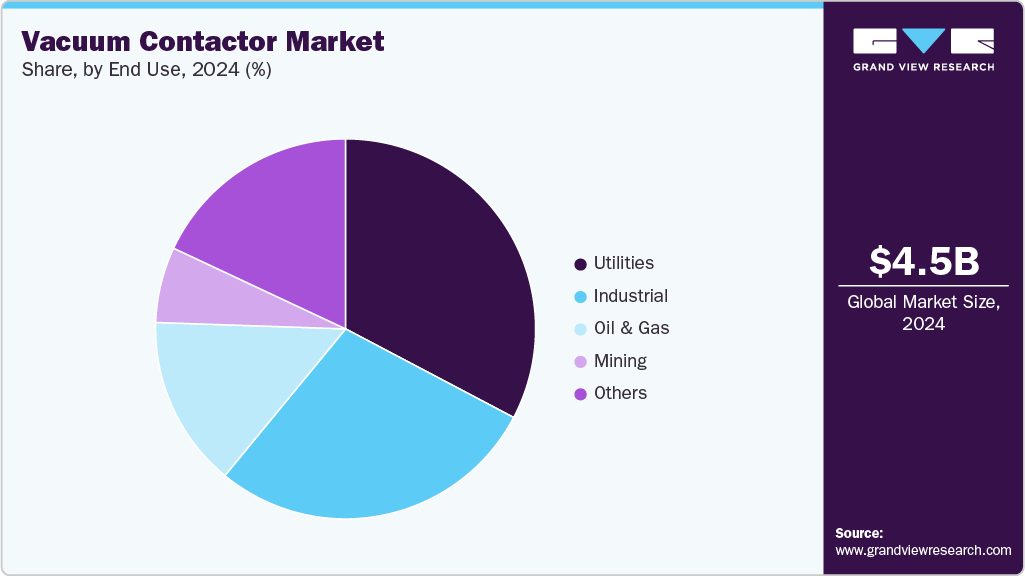31 October
2018, The U.S Specialty Household Cleaners Market is
expected to reach USD 7.96 billion by 2024, driven by adoption of a healthier
lifestyle and growing concern of infectious diseases. Increasing preference for
proper hygiene and sanitation standards is anticipated to boost the specialty
household cleaners market. Also, stringent efficacy and guidelines stated by
the U.S. Environmental protection Agency (EPA) will further regulate the
acceptance of these specialty cleaning products as the companies claiming the
products to kill the germs need to abide by the regulations and policies stated
by the U.S. EPA.
The
exact concentration of these products can deliver optimum performance or else
can result in hazardous health concerns and slip & trip accidents causing
severe physical injuries. Hence, it is crucial to use the appropriate
concentrations of specialty cleaners. Growing need for healthy & hygienic
surroundings is anticipated to boost the demand for these products in the U.S.
In 2016, hard surface cleaners segment accounted for 44.2% of overall market
share, and it is anticipated to continue its dominance over the forecast
period.
The
American Cleaning Institute (ACI) in the United States has created awareness
amongst the public regarding benefits of regular disinfection and sanitization
at home and other surroundings. Hence, the specialty cleaning products have
become indispensable and lead to their enhanced acceptance and purchase. These
cleaning products are available in the form of wipes, foams, liquids, gels,
aerosols, sprays and granules.
 |
U.S. Specialty Household Cleaners market revenue, by material, 2016 (%) |
In
2016, toilet bowl cleaners were valued at USD 1.05 billion. Products used for
toilet bowl cleaning are designed to maintain spotless and hygienic conditions.
In 2016, cleaning products in bathroom applications accounted for 45.2% of
overall market share, and it is estimated to continue its dominance over the
forecast period.
Increasing
awareness regarding the spread of diseases and infections is anticipated to
boost the demand for bathroom cleaners. On the other hand, kitchen surfaces and
platforms are affected by ants, mice, rats, and cockroaches hence, their proper
and frequent cleaning is essential to ensure good ambiance. The essential need
for clean and disinfected kitchen environment is anticipated to increase the
demand for kitchen cleaning products.
Key
market players are implementing mergers and acquisition strategies to enhance
their sustainability and expand their presence in global market. The consumer
specialty products association (CSPA) is the premier U.S. trade association
engaged in the manufacture, formulation, and distribution of consumer goods to
maintain the clean and healthy environment.
Browse Details of Report @ https://www.hexaresearch.com/research-report/us-specialty-household-cleaners-market
Hexa
Research has segmented the U.S. specialty household cleaners market based on
Product and Application:
Segmentation by Product, 2014 - 2024 (USD Million)
•
Hard Surface Cleaners
•
Glass Cleaners
•
Toilet Bowl Cleaners
•
Metal Polishes
•
Other
Segmentation by Application, 2014 - 2024
(USD Million)
•
Bathroom
•
Kitchen
•
Other
Key Players Analyzed:
•
The Clorox Company
•
Reckitt Benckiser Group plc
•
S. C. Johnson & Son, Inc.
•
Procter & Gamble
•
Church & Dwight Co., Inc.
•
Henkel AG & Co. KGaA
•
Kao Corporation
•
Unilever
•
Colgate-Palmolive Company
•
Seventh Generation, Inc.
Browse Related Category Market
Reports @ https://www.hexaresearch.com/research-category/bulk-chemicals-industry




